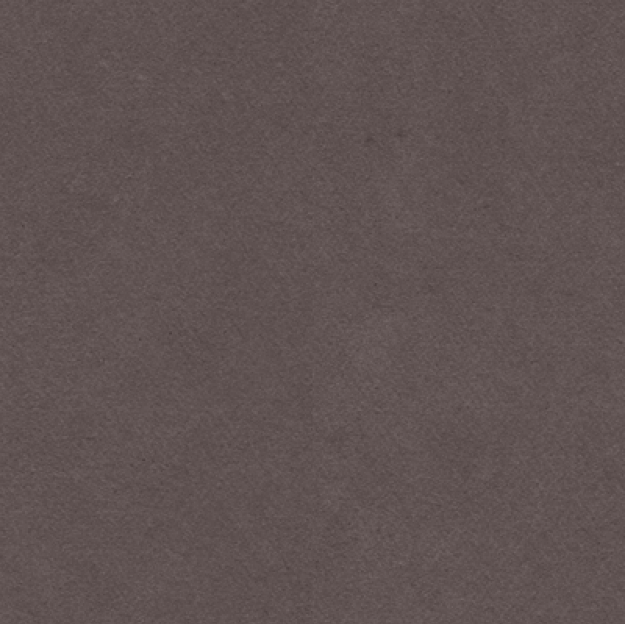The History Of Tobacco Marketing: It’s a Scary Story.
THE HISTORY OF TOBACCO MARKETING: IT’S A SCARY STORY.
For years, tobacco companies have promoted a richer, more glamorous life through smoking. From free giveaways to physician endorsements to aggressive sponsorship campaigns, tobacco companies have used every trick in the book to hook the American public on their deadly products.
Let’s take a look at just a few of the many deceiving tactics they’ve used over the last 75 years.
1940s
DOCTOR ENDORSEMENTS
In the 1940s, tobacco companies hired doctors and dentists to endorse their products to reduce public health concerns about smoking risks. Using slogans like “Just What the Doctor Ordered” and “More Doctors Smoke Camels,” tobacco companies misled people, showing that physicians were also smokers… and that cigarettes were fine for your health.
Using trusted doctors to promote tobacco? Now that’s a scary story.
1950s and 1960s
CELEBRITY ENDORSEMENTS
In the 1950s and 60s, tobacco companies bought and sponsored their own TV programs and paid A-list celebrities to appear in ad campaigns. Later, cultural icons like the Marlboro Man lured men with exaggerated fantasies of manliness and independence. Smokeless tobacco companies have even used professional athletes to market their products.
Using celebrities to encourage others to smoke? That’s a scary story.
1990s
KID-FRIENDLY CHARACTERS
In the 1990s, tobacco companies introduced cartoon characters like Joe Camel to heighten tobacco’s appeal for kids. This practice has since been banned, but the deception still continues by means of fruity flavors and brightly colored tobacco packaging. Tobacco companies also place products and advertisements in stores and gas stations at the direct eye-level of children.
Deceiving children to get them hooked on tobacco? Now that’s a scary story.
1990s and 2000s
SPORTS AND EVENT MARKETING
For decades, tobacco companies sponsored popular sporting events, as well as various other outreach events. The tobacco company RJ Reynolds sponsored NASCAR’s Winston Cup for 30 years, named after their Winston cigarette brand. They also sponsored “Girls’ Night Out” events where young women could receive free cigarettes, massages, makeup, jewelry and other Camel-branded items. While new regulations have prohibited this type of event sponsorship, tobacco companies still have booths at festivals and events where people can sign up to receive free products.
Targeting fans at their favorite events? That’s a scary story.
2000s and 2010s
VIDEO GAMES
Today, the tobacco industry is finding unique ways to deceive the public and push their products. Currently, 42% of all video games contain images of tobacco, but only 8% had warnings about the tobacco-related content. In all PG-13 movies from 2002 to 2013, 61% showed smoking or other tobacco use. Population surveys, real-world studies and experimental evidence have proven that kids are more likely to smoke when they see tobacco use on screen.
Using video games and movies to deceive children? That’s a scary story.
By understanding how tobacco companies market their deadly products, you’ll be better prepared to fight their deceptive tactics.
To learn more about Big Tobacco’s checkered history of lies and deception, click here.
You can also find tips and resources on how to talk to your kids about tobacco and its harmful effects here.












